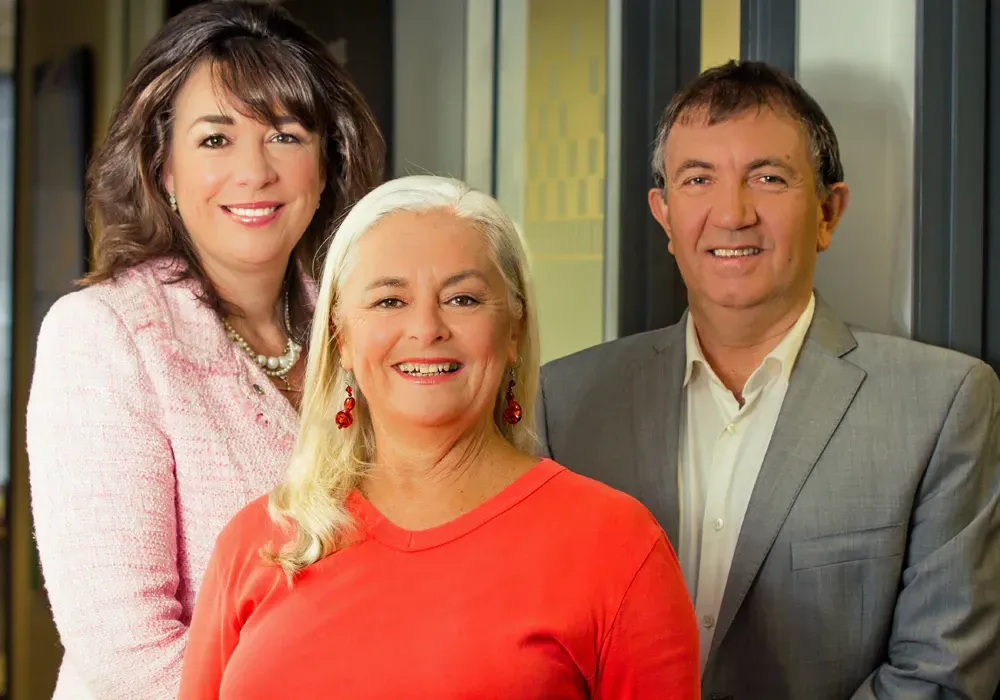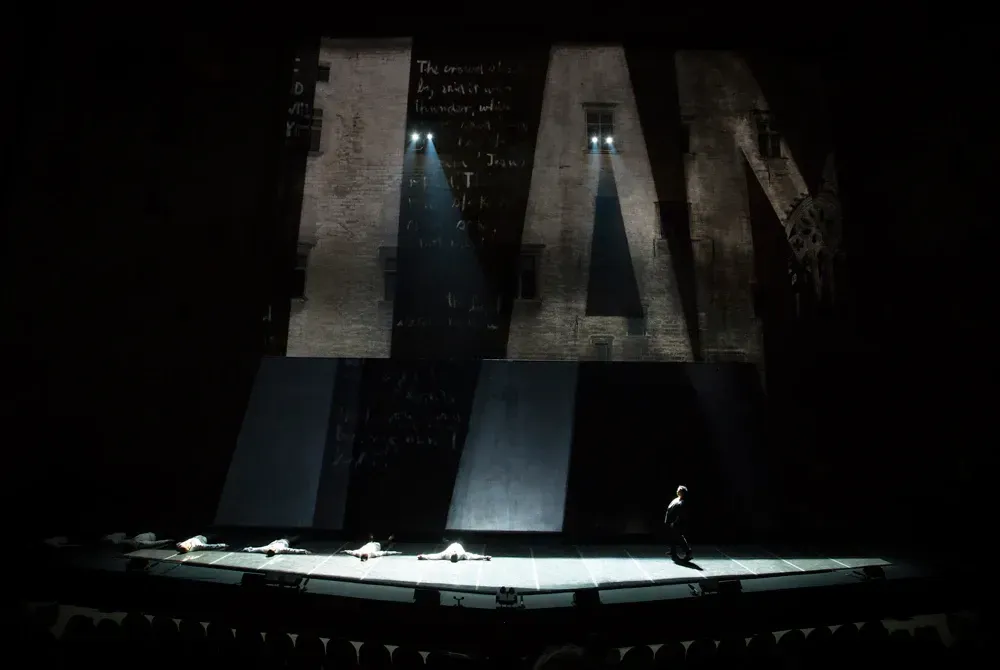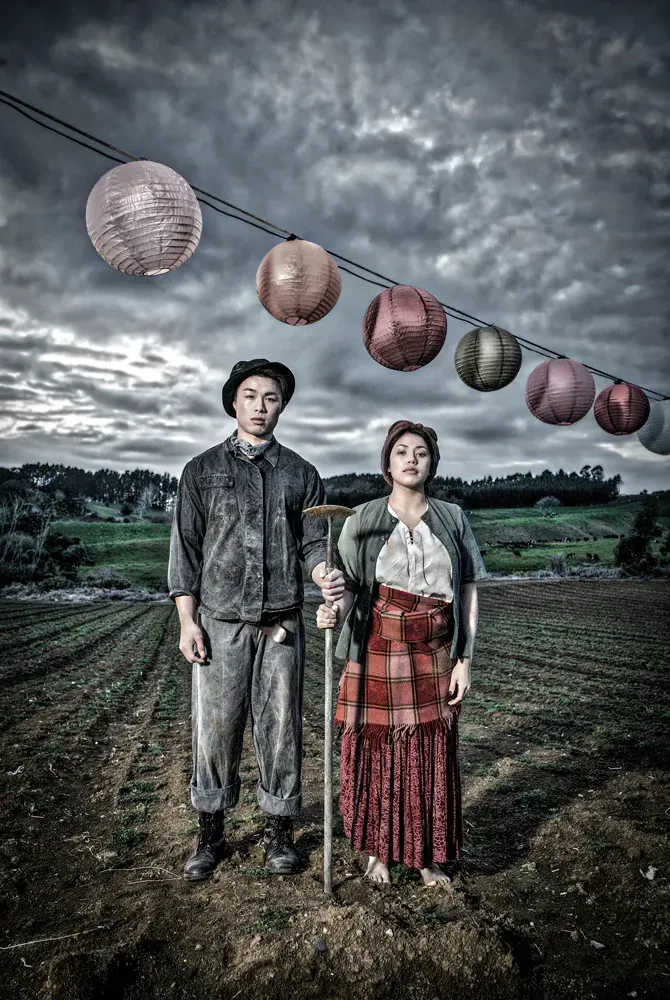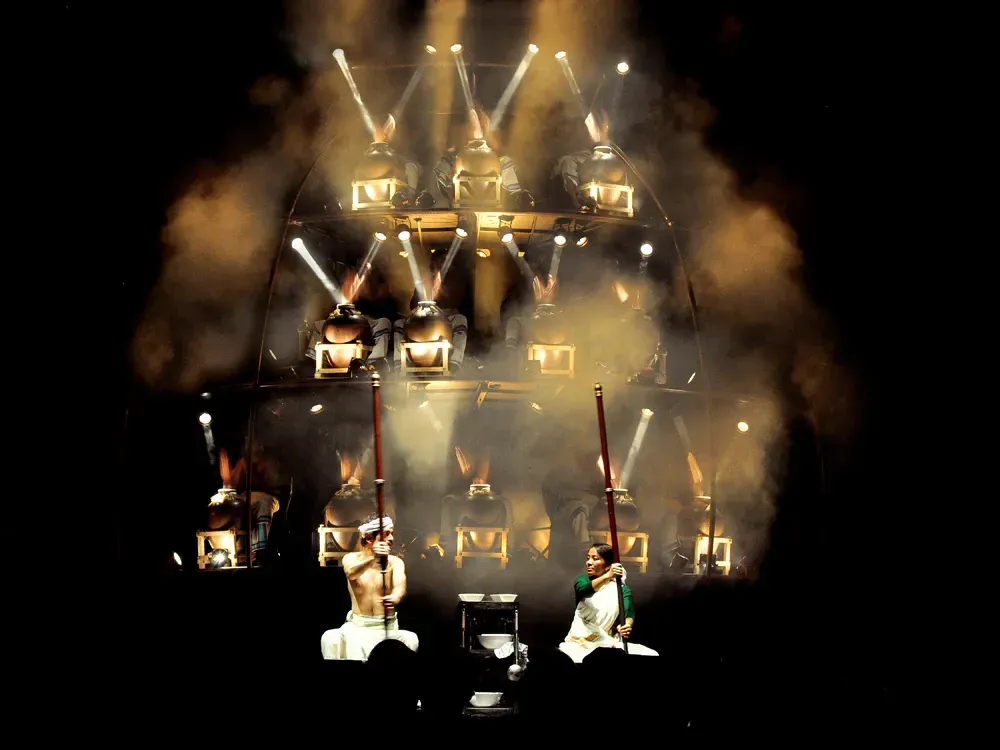Creating continuum
Written by

In a recent conversation with the indomitable duo at the helm of Auckland Arts Festival, chief executive David Inns and artistic director Carla van Zon, a simmering sense of anticipation for this year’s programme is tangible. As the festival moves towards an annual offering on the arts calendar, Dione Joseph finds out what's involved.
* * *
Launching an annual cycle, developing extensive international circuits and facilitating conversations between New Zealand artists and companies with the world are only some the priorities the round-the-clock team have been addressing during the past twelve months.
And it certainly doesn’t look like they will be letting up anytime soon.
“We’ve both been incredibly busy,” says van Zon. “We’re at a very practical stage that is very intense for the whole team. We’ve got the next three years to roll out and while we have been able to maintain seven core staff in the past, the decision to go annual has meant we can double that number in addition to offering more opportunities for other contract employees to be more involved on a regular basis.”
“The big change that we’ve had is that our staff on the payroll have gone from 40 to 175,” adds Inns. “That includes additional marketing, production staff and those staff come from all over New Zealand including Auckland, Wellington, Christchurch as well as Australia. Our entire liaison team are all actors and dancers as well as 24 interns and of course we have our wonderful volunteers.”
Increasingly the Auckland Arts Festival (AAF) is becoming a prominent feature on the international arts festival circuit, reflecting a growing network of collaborators and risk-takers who are engaged in broadening the conversation in the South Pacific – and according to Inns there are some clear strategic advantages to do so.
“Some of the work simply wouldn’t come unless it was part of a circuit. For example Cedar Lake is coming because it’s part of a much larger tour and certain governments support such productions when they have two centres. Furthermore, working as a group you can get a much better fee negotiation but in some cases we do work alone. iTMOi (in the mind of igor) is one such work that we are bringing from the UK exclusively to New Zealand because we feel that it’s important for us as an Auckland audience.
"Finally we have a strong emphasis on bringing work to the city that otherwise might not get seen, and that might be for a NZ artist such as Lemi Ponifasio (I AM had all its development stages including rehearsals right here on the North Shore before it had its premiere in Avignon) or a production like The Kitchen in which multiple partners (including Sydney Festival and Holland Festival) supported its six week development in India.”
Auckland’s expanding Indian population has been taken into account into the programming for this year’s festival with inclusion of a number of different works. Reflecting upon last year’s emphasis on Chinese work, van Zon is excited about bringing a range of distinct productions that have connections to the largest sub-continent in Asia.
“The Indian population is one of the largest growing in this country and last year we did quite a lot of Chinese work and this year we wanted to bring work from India, but also from the diaspora which has parallels in NZ as well.”
While international acts have their place there is an intrinsic emphasis on local stories in this year’s programme. Mei-Lin Hansen’s The Mooncake and the Kumara, exploring Maori and Chinese relationships, promises to be a festival highlight expanding upon a narrative that is known - yet not widely discussed or shared in the historical narratives of this nation.
“There is no doubt that Asian work developing in NZ still in its infancy,” says van Zon. “Last time we brought the National Theatre of China to our shores but this time we wanted something from home. We’re doing Mei-Lin’s play for a different reason because we wanted to work with a local artist who had a unique story and this story for the artist and the audience because inevitably, we as a team are only the facilitators between the artist and the audience.”
With all the challenges of shifting to a new system and cycle, including a much shorter lead up time (twelve months instead of the typical eighteen months) both Inns and van Zon are very excited about AAF becoming a permanent event on the annual arts calendar.
“Festivals in my mind are for the cities they are within,” shares Inns. “While tourism is a driver a festival should certainly reflect its city because it has its own distinct characters and flavour. Both The Kitchen and iTMOi were done for this city and so was The Mooncake and the Kumara. We are continuing thinking about this city and hopefully in the future we can do more outdoor work and non-language work.”
“This festival is also about accessibility and that’s expressed in a number of different ways,” emphasises van Zon. “Ranges from varying styles of art and venues and using public spaces in different ways and we’re running a number of master-classes, as well as post show talks and school shows, every Saturday we have a Family Day and of course we have White Night.”
With a programme that is packed to the seams with theatre, dance, visual arts, various outdoor events, talks and workshops for all ages van Zon has a challenge for punters at this year’s festival.
“This year we’re asking people to choose works that include their favourites, something they would normally never see (be brave and take a risk) and finally, a show to which they could take a child. Because we both believe we are about a much bigger continuum and the legacy aspect to the work we do is paramount and our aim is to ultimately provide opportunities that are unexpected and that is especially true as we evolve.”
With a consistent increase in growth for the festival and its audiences there is every indication that the AAF will continue to become a landmark event for the largest city in New Zealand reflecting a burgeoning growth and appreciation in arts across all platforms.
- Auckland Arts Festival is on from March 4-22



